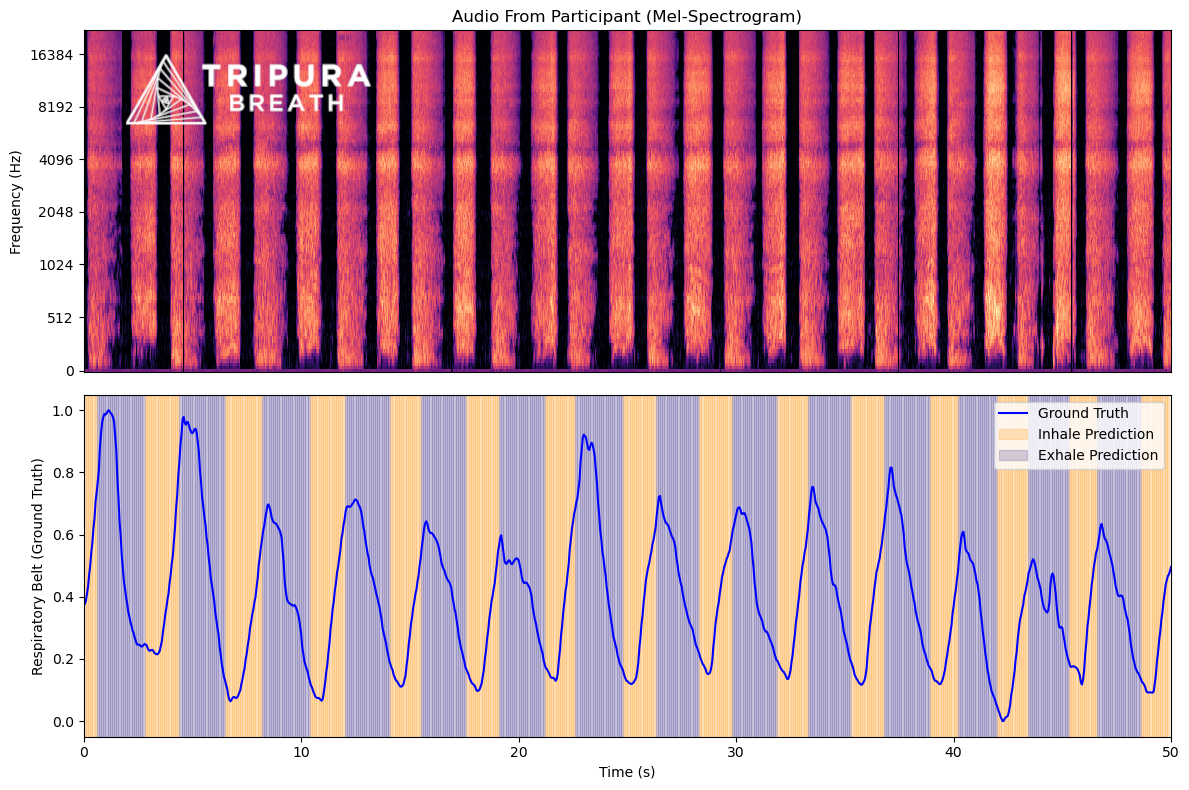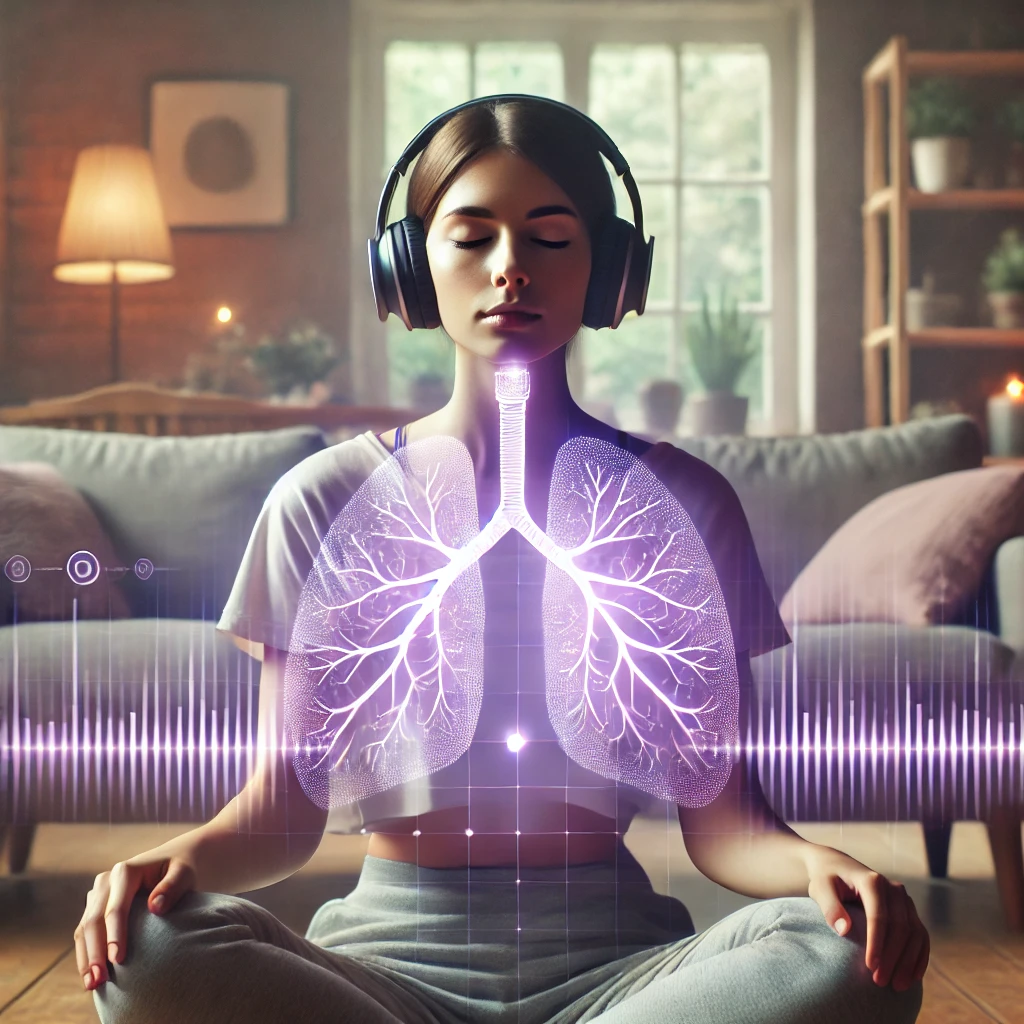Revolutionizing Respiratory Biofeedback
Tripura Breath is an AI-powered toolkit that integrates with any app or device, using the microphone to provide real-time feedback, boosting user engagement and retention.
Features & Performance
Designed to detect breathing patterns from any built-in microphone.
Fast inference time and small model size for real-time monitoring.
Easy integration with our mobile, desktop and VR-ready toolkit.
Tripura Breath can reliably detect respiratory rate and phases during controlled breathing.
The benefits of respiratory biofeedback
Provide user-tailored breathing exercices based on their capabilities
Build user-controlled experiences using only their breath
Gather respiratory data and analytics like never before
Contact Us
Reach out to learn how you can integrate Tripura Breath AI into your products and redefine how your users experience health and wellness.





